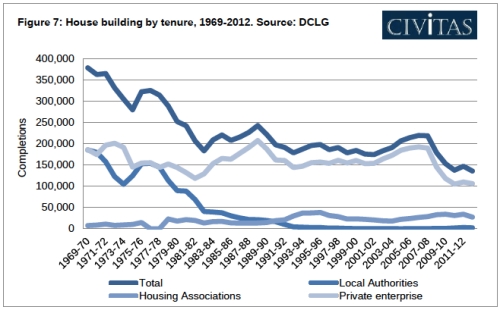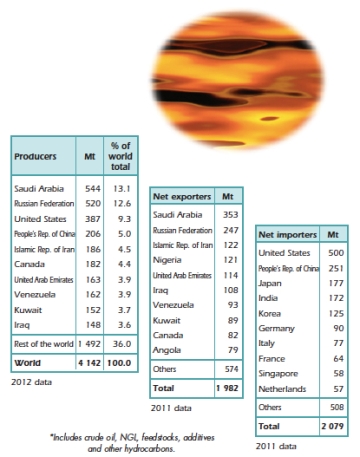This post is a bit of diversion from my recent focus on the mobility and energy revolutions currently taking place (the solar posts are “to be continued”). The Democrats new super star Alexandria Ocasio-Cortez has been making waves since becoming the youngest woman to ever serve in the United States Congress. Yesterday Ocasio-Cortez submitted a non-binding resolution in the House of Representatives under the title “Recognising the duty of the Federal Government to create a Green New Deal“. If you haven’t read the actual document (a couple of pages long), I urge you take a look rather than get a second-hand interpretation. You can find the resolution here. And Ocasio-Cortez introducing the policy here:
The resolution is to be accomplished “through a 10-year national mobilization” to execute a series of projects and achieve a range of goals, one of which is “meeting 100 percent of the power demand in the United States through clean, renewable, and zero-emission energy sources”. Well I think Tony Seba would approve of that even if Tony would believe this will happen regardless of the government’s involvement through the magic of technology and market forces.
Criticisms, or course, have come thick and fast, but one of the most major relates to cost: who will pay for the Green New Deal? The frequently asked question (FAQ) sheet attached to the resolution gives this answer:
How will you pay for it?
The same way we paid for the New Deal, the 2008 bank-bailout and extended quantitative easing programs. The same way we paid for World War II and all our current wars. The Federal Reserve can extend credit to power these projects and investments….
The critical component of this response to the question of payment is the statement that “the Federal Reserve can extend credit to power these projects and investments”. And this is where I am heading with this post. Ocasio-Cortez is not only an advocate of a far-reaching environmental policy aimed at tackling climate change, but she is also an adherent to the rather arcane economic theory of Modern Monetary Theory, or MMT.
MMT focuses on the fact that modern monetary systems are based on fiat money. This means monetary systems where nothing backs the issuance of paper money, unlike under previous systems which were backed by gold or some other real substance. Under such so called ‘fiat money’ systems, the government can never go bankrupt since it has the power to print money. That said, while the government may not be able to bankrupt itself through printing money, it is quite capable of bankrupting the private sector through printing so much money that it sets off hyper-inflation: think Wehrmacht Germany, Zimbabwe or Venezuela. Nonetheless, MMT adherents see a world of difference between using debt and money creation in a responsible way to achieve policy goals and in an irresponsible way to support some form of crony capitalism.
Critically, the general public finds it very hard to understand the fact that the government can create money from nothing, but this is just an irrefutable fact.
Accordingly, the government can impact on the real economy through printing paper money in exchange for labour or goods. Under Ocasio-Cortez’s plan, the US government could print money, via the Federal Reserve, to buy wind and solar farms and pay workers to install them. It would use government debt to get to where it wants to go.
In many aspects, MMT is not far away from traditional Keynesian economics, which encourages governments to smooth out business cycles through engaging in pump priming the economy by running fiscal deficits whenever a recession emerges. Followers of MMT, however, believe that the government’s power over money creation should not just be used as a safety net in times of trouble but also in a much more proactive goal-oriented manner to solve current problems.
Under MMT, you needn’t worry about deficits and debt in and of themselves, but only if they result in the adverse outcomes of rising inflation and real interest rates. According to followers of MMT, if you run a big deficit and build up a lot of debt with neither inflation rising nor real interest rates spiking, then you have nothing to worry about. MMT also shifts the policy balance of power away from central banks to politicians.
At this stage, I recommend you sit down and spend a very fruitful 45 minutes of your time watching the following January 2019 lecture by the most famous advocate for MMT Stephanie Kelton. Kelton is that rare thing in an economics professor: a great communicator. Anyone who has got this far down the blog post will be able to understand the lecture — I promise (honest). More important, by the end of the lecture you will realize that government spending is not like household spending. So next time a politician says that a government must learn to live within its means just like a household, you will understand that the politician in question doesn’t know what he or she is talking about.
And, finally, in response to Prime Minister Theresa May’s claim that “there is no magic money tree”, well, actually there is, and in the UK it sits within the Bank of England (BOE). In a wonderful BBC Radio 4 programme called “Shaking the Magic Money Tree“, Michael Robinson descended into the depths of the BOE to see money created out of nothing: so the money tree does exist!
That said, magic can be a force for good or evil. I’m not saying that Ocasio-Cortez has no constraint over what the government can do deficit-wise in terms of executing a Green New Deal. But the judicious use of government’s deficits to finance ambitious government goals should not be dismissed out of hand. Financing such goals through deficits has been done before, and, handled well, it can be done again.



















